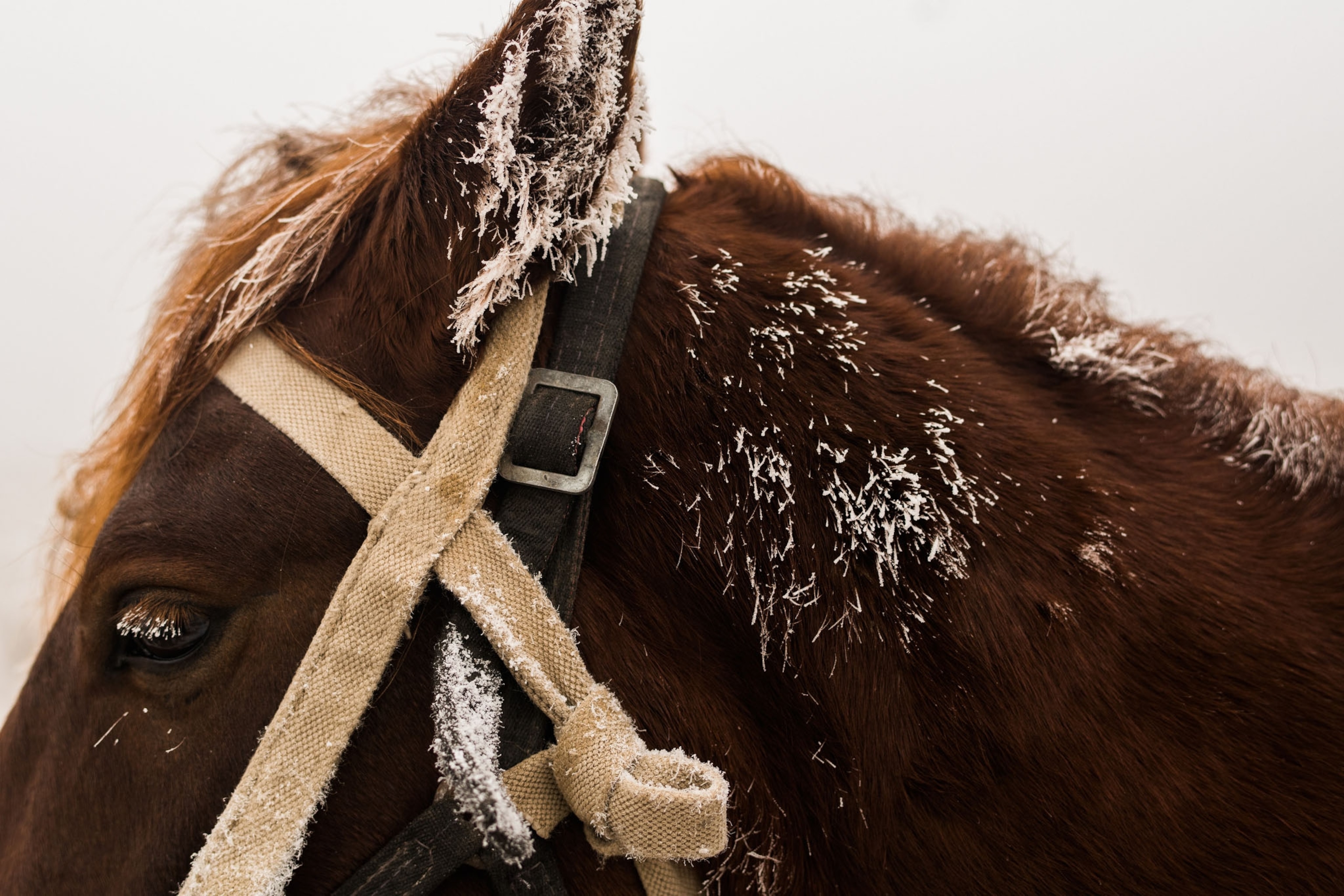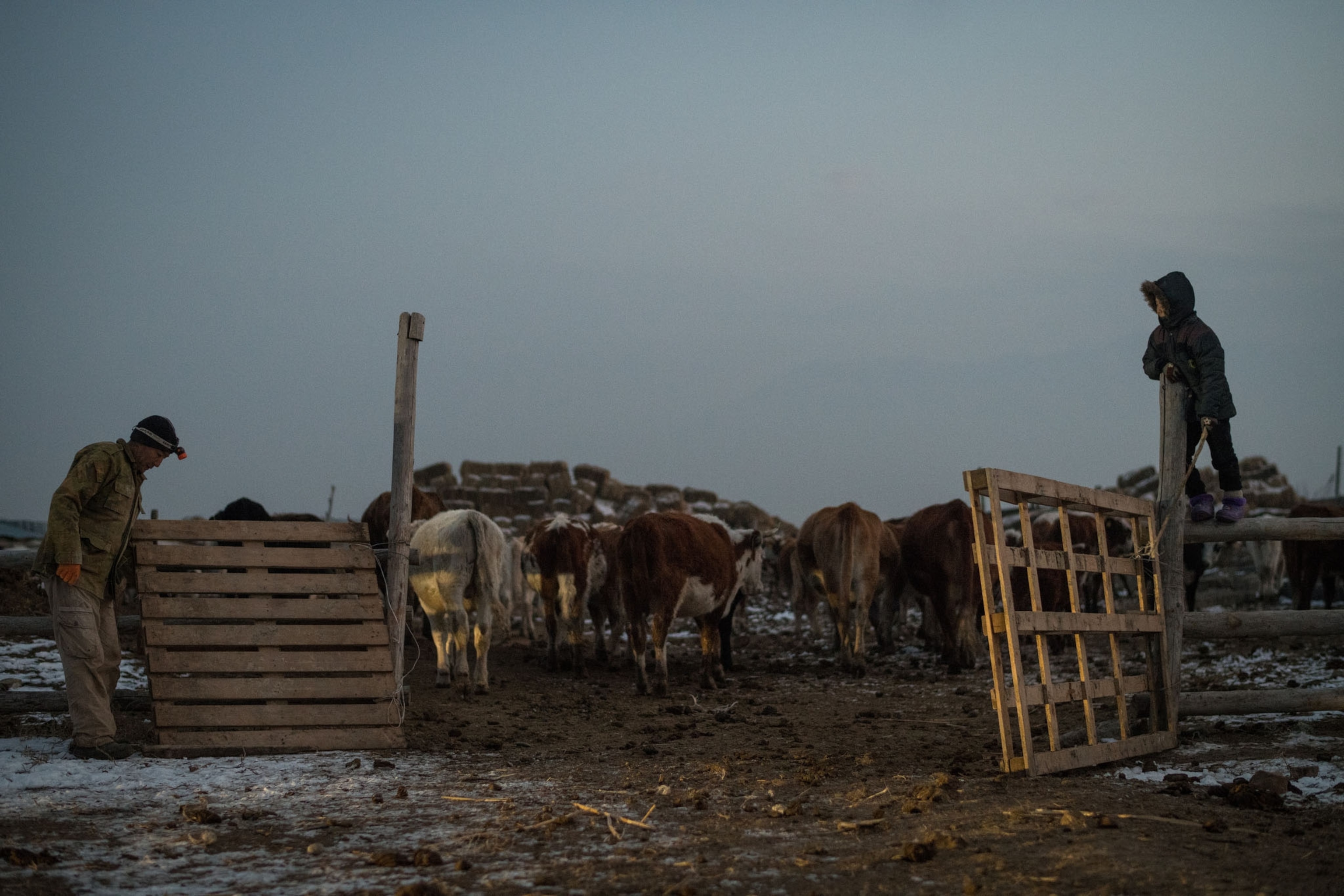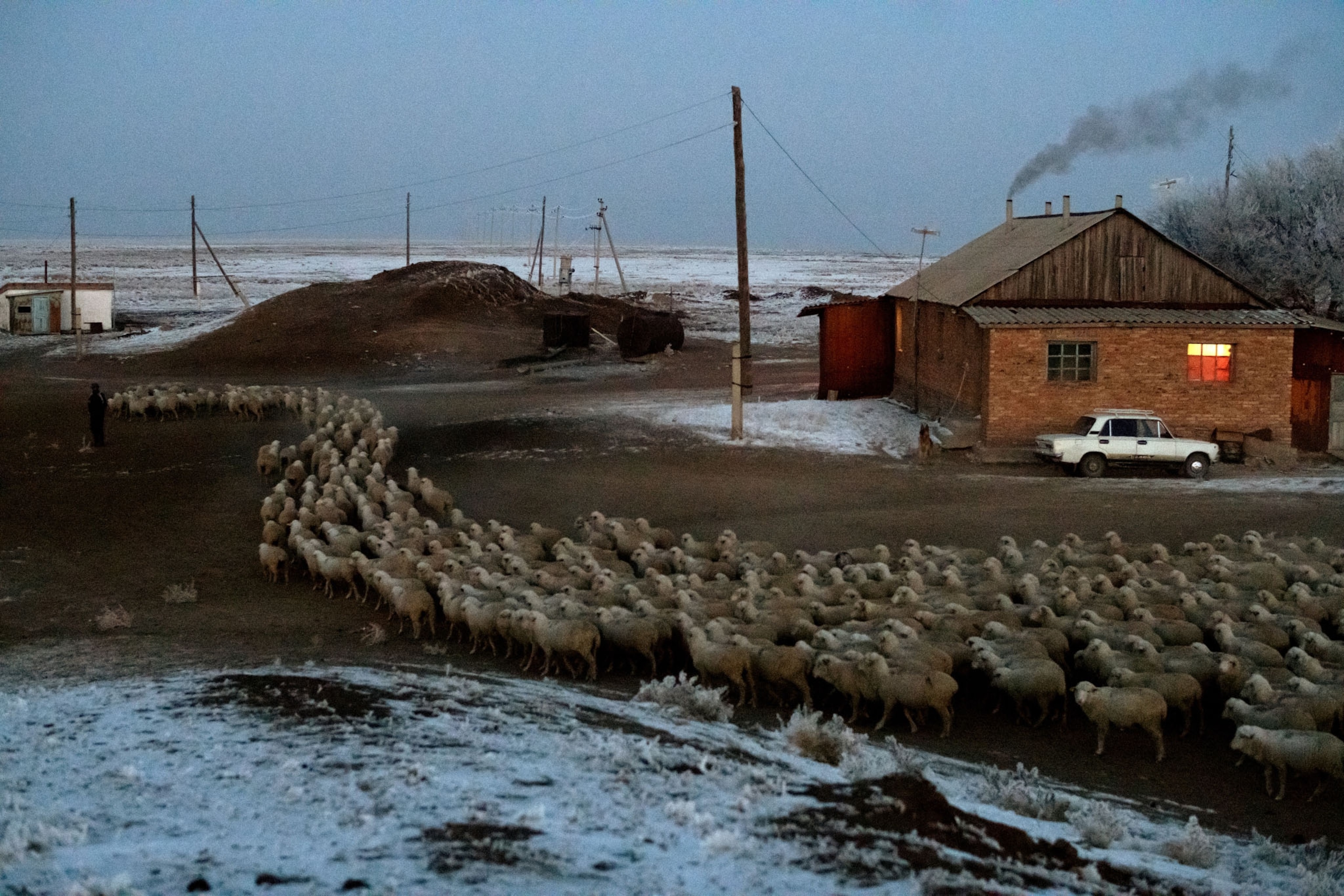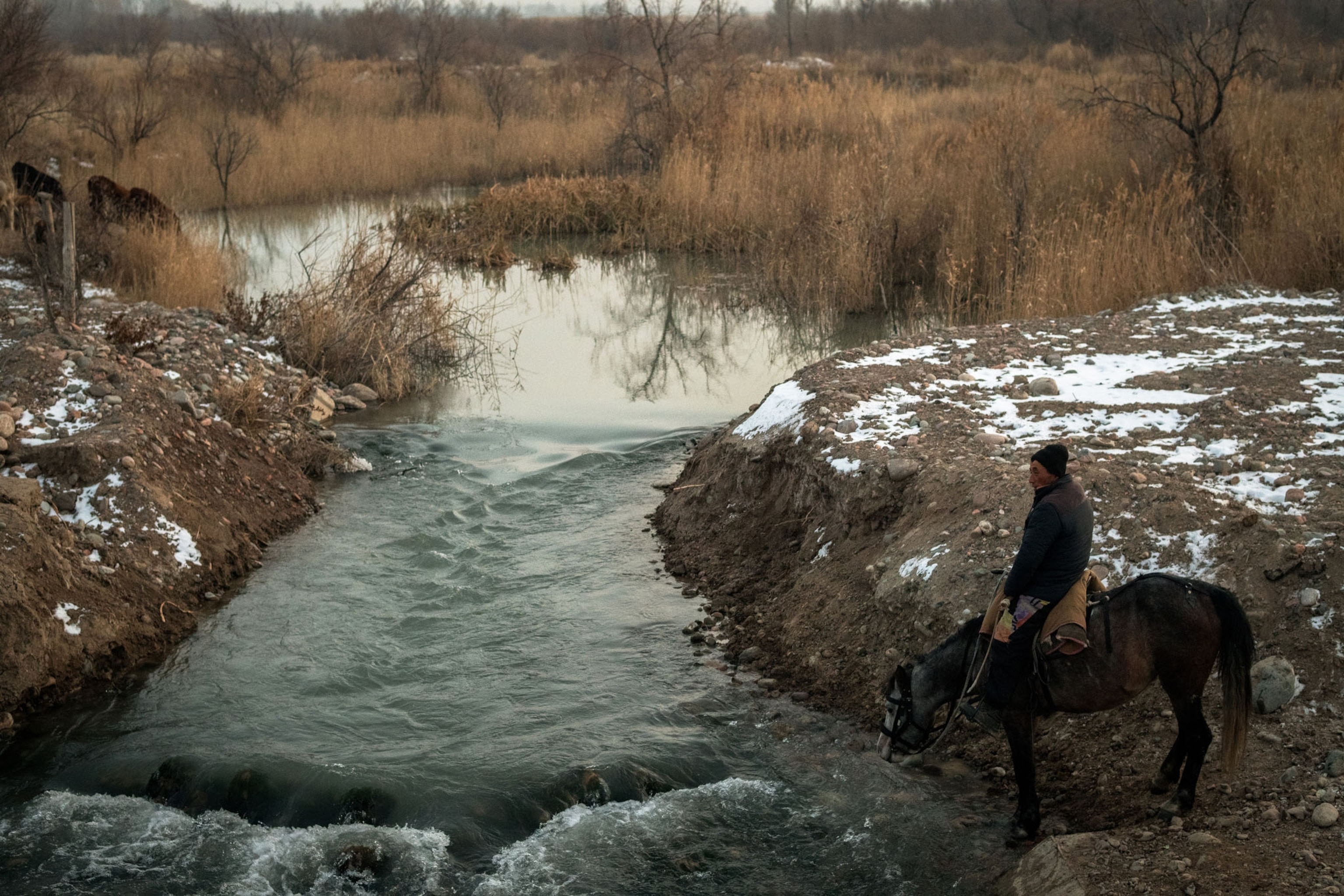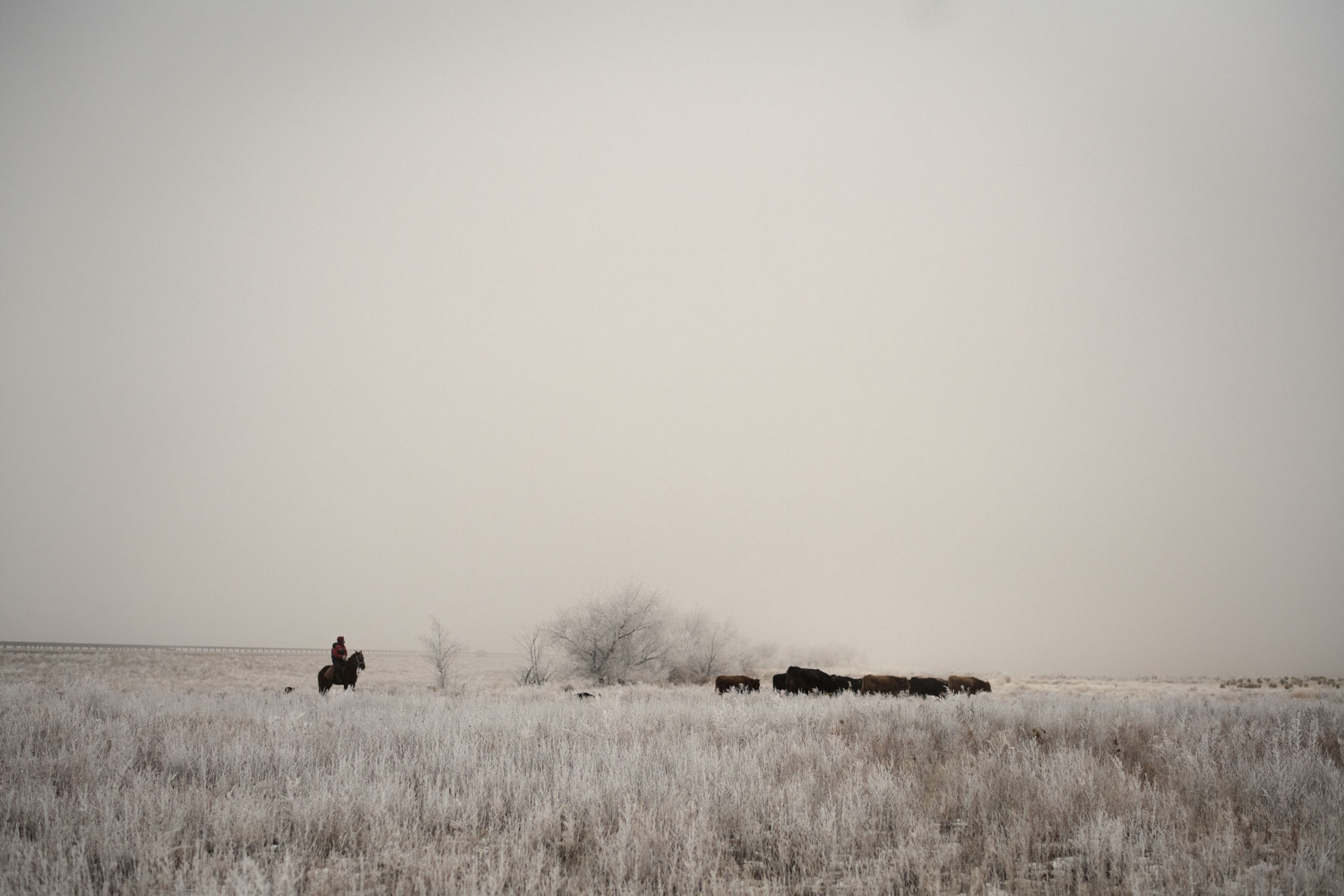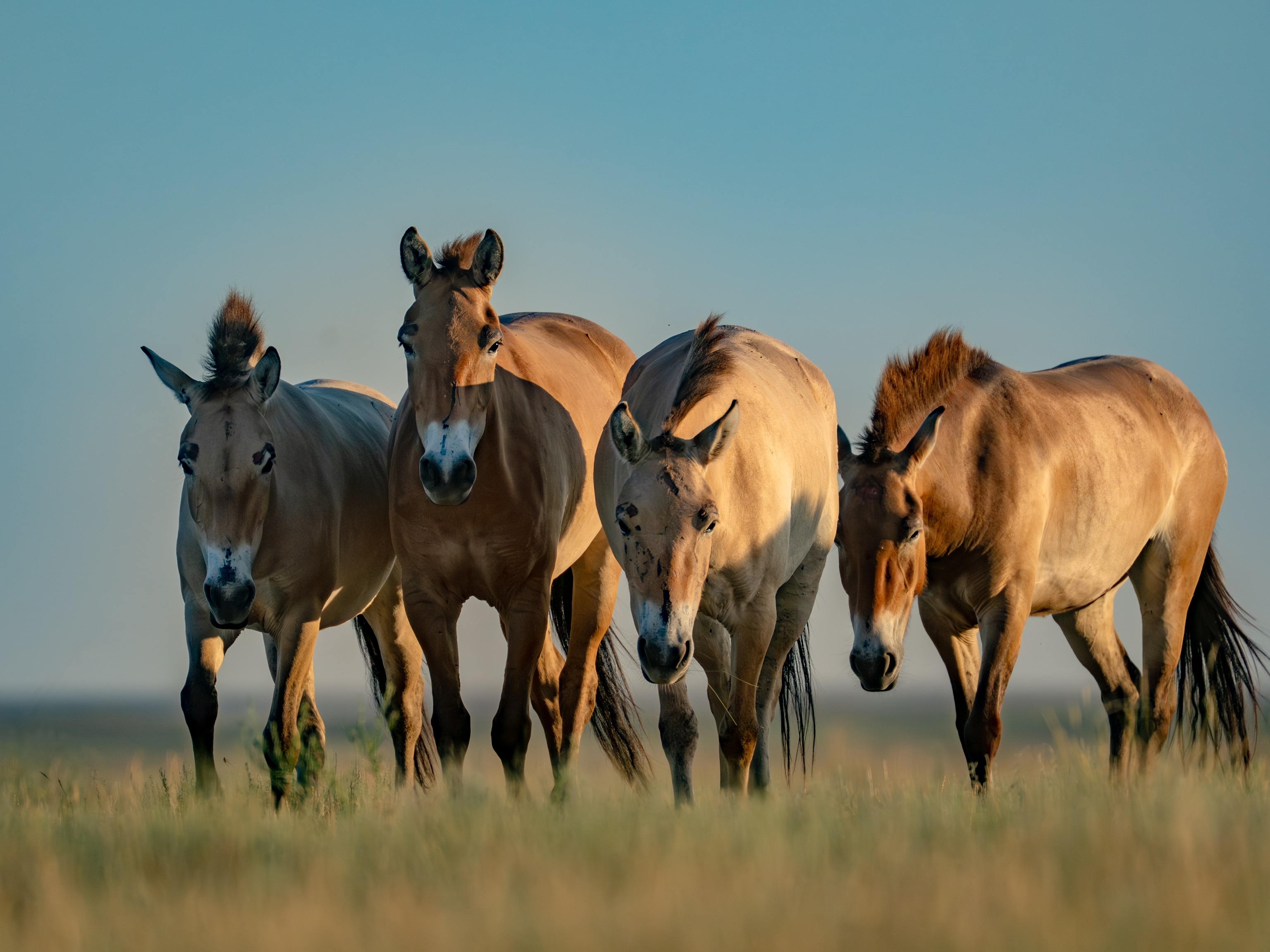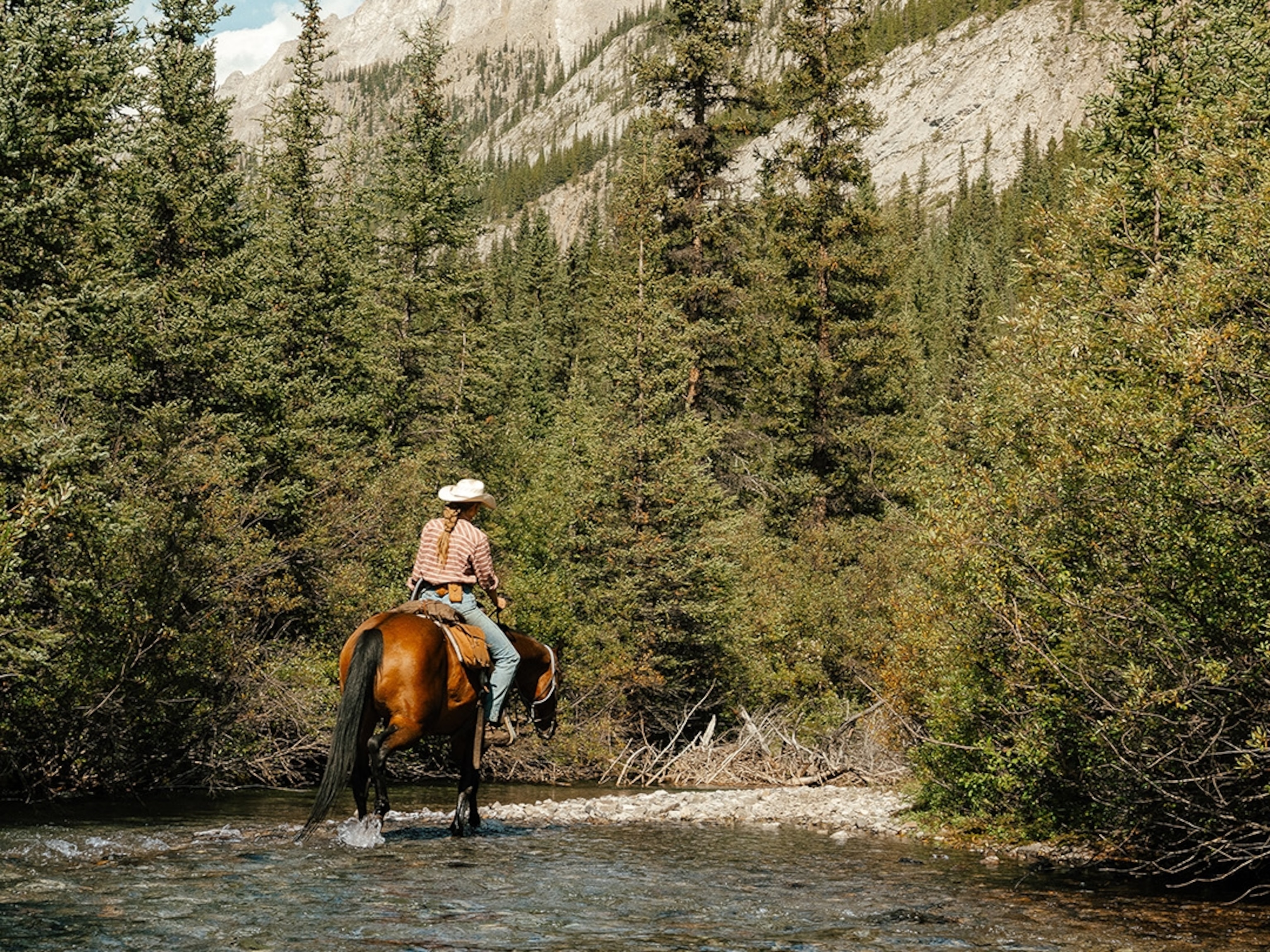Ancient DNA Study Pokes Holes in Horse Domestication Theory
A long-held theory on how horse domestication and language spread across Asia has been disrupted by a look at our genetic past.
Scientists believe that the domestication of the horse some 5,000 years ago was a major turning point in human history: People were suddenly able to travel long distances, spreading their languages and culture along the way. According to what's known as the "Steppe Hypothesis," a group of horse-riding pastoralists living on the steppe around the Black and Caspian Seas migrated west into Europe and east into Central and South Asia around 3,000 B.C., bringing knowledge of horse breeding and the forerunner of Indo-European languages with them. A new genetic study, however, is now throwing cold water on parts of this long-held theory.
These horse-riding pastoralists from the western steppe, known as the Yamnaya, may not have been responsible for bringing horse breeding and Indo-European languages into Asia, according to a study by an international, interdisciplinary team published today in the journal Science.
Their analysis revolves around the Botai people, who lived on grasslands in what is now Kazakhstan between about 3,500 and 3,000 B.C. When archaeologists explored the remains of Botai villages, they uncovered a horse-crazy culture. The archaeological evidence, which includes hundreds of thousands of horse bone fragments and pottery that seems to have contained horse milk, suggests that the Botai were the earliest group to tame and breed horses.
But how did they learn horse husbandry—and how did it spread?
One camp has long held that the Botai figured out horse breeding themselves; another suggests that they learned it from a group of horse herders, perhaps the Yamnaya, who encountered the Botai while traveling across the steppe from west to east.
To find out, researchers pitted the competing theories against one another, combining archaeological evidence with an analysis of the genomes of 74 ancient humans. They analyzed DNA from across the ancient Eurasian steppe and studied samples that ranged from medieval times all the way back to the Mesolithic era.
It turns out that the Botai and the Yamnaya didn't share many genetic similarities at all. The Botai were most closely related to a group of Paleolithic hunter-gatherers, not people of the western steppes like the Yamnaya. Instead of getting the scoop on horse breeding from western herders, the Botai may have learned to domesticate horses on their own through hunts before transitioning to pastoral life in their horse-centered farming villages.
Further complicating the situation, a study of ancient horse DNA published earlier this year revealed that the Botai’s horses aren’t related to modern-day horses at all, blowing a hole in the decades-old idea that the Botai’s domesticated horses were the forerunners of modern-day horses.
“We actually have two independent events of horse domestication,” says Peter de Barros Damgaard, a molecular biologist from the Natural History Museum of Denmark who led the project. “While it is true that the Botai were the first to domesticate the horses, it wasn’t their horses that became widespread.”
The findings open up big questions about whose horses ended up evolving into modern-day steeds. “It’s new territory,” says Sandra Olsen, senior curator of archaeology at the University of Kansas’ Biodiversity Institute. (Olsen was not involved with the research.) "What's interesting to me is the isolation of the Botai people and their horses," says Olsen, whose research focuses on the human-horse relationship through time. "That's a little bit difficult for me to explain—something I have to work out.”
Since the archaeological record suggests a swift transition to horse domestication, she says, the lack of evidence that the Botai mixed with other cultures is even more mysterious. "We're still missing that element," she says. "Where did that transformation occur, and when?”
The ancient DNA study also challenges the idea that as the Yamnaya moved east around 5,000 years ago, they brought Indo-European languages with them deep into Asia. That argument is based on the presence of Western Eurasian ancestry in South Asian populations. However, the new genetic analysis reveals that the West Eurasian ancestry comes from a later migration of people into South Asia some 4,000 to 3,000 years ago.
“It’s new territory,” says Olsen of the findings. “A lot of what we’ve published [on horse breeding and Eurasian population shifts] is probably going to be thrown out.”
For Damgaard, the research enables a more nuanced view of the Eurasian steppes—and how horses helped humanity travel and blend. “There was never a point in time when you had a fully defined, finished version of a population or a language,” he says. “That doesn’t exist. Casting light on human history is a way to debunk those myths.”
Erin Blakemore is a freelance science writer and author of 'The Heroine's Bookshelf." Follow Erin on Twitter.

